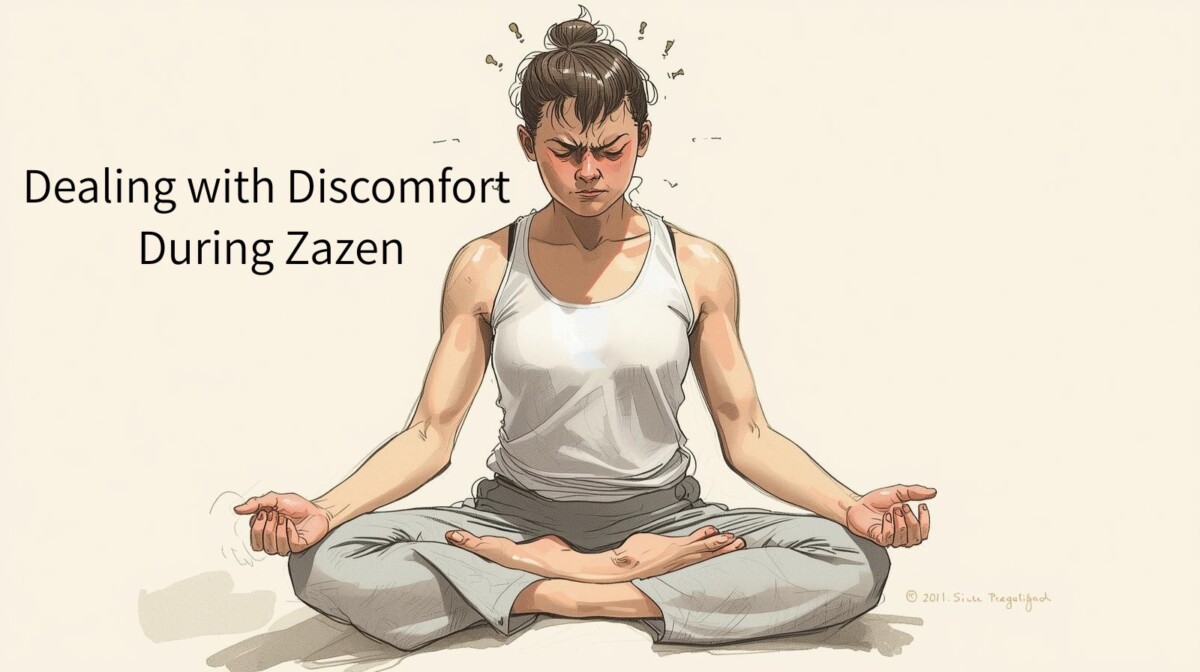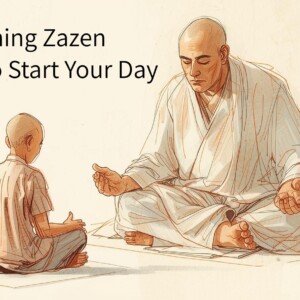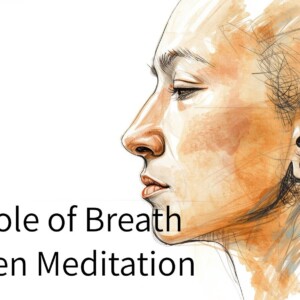
Dealing with Discomfort During Zazen
Introduction: When Stillness Isn’t Comfortable
Many people come to Zazen seeking peace — and are surprised to find pain.
Whether it’s aching knees, a stiff back, or a racing mind, discomfort often arises during meditation, especially in the beginning.
So how should we be dealing with discomfort during Zazen?
The answer isn’t simply to endure or escape — but to meet it mindfully.
What Causes Discomfort During Zazen?
Zazen requires us to sit still, often in unfamiliar postures and with heightened awareness. This exposes sensations we usually avoid or ignore.
Common sources of discomfort include:
-
Physical pain from posture (knees, back, neck)
-
Restlessness or fidgeting
-
Emotional unease when silence brings buried thoughts to the surface
-
Mental tension from trying “too hard” to be calm
Ironically, discomfort can be one of the most transformative aspects of Zazen — if approached with wisdom.
How to Deal with Discomfort Mindfully
1. Start with Proper Posture
Use a cushion (zafu), bench, or even a chair if needed. Elevate your hips above your knees to avoid strain. A good foundation reduces unnecessary pain.
2. Breathe Into the Pain
When discomfort arises, bring your awareness to it. Breathe gently into that area. Notice if the pain shifts when it’s observed without judgment.
3. Label the Sensation
Instead of saying “This hurts,” try “tingling,” “tight,” or “burning.” This creates space between you and the reaction.
4. Don’t Force Stillness
Micro-movements — a slight posture adjustment or relaxing the jaw — can make a big difference without “breaking” the practice.
5. Use Discomfort as a Mirror
Ask yourself: Is the discomfort physical, or is it emotional resistance? Often, the body speaks when the mind refuses to listen.
Trend Connection: Training the Nervous System
Modern wellness science backs up what Zen has taught for centuries. Sitting with discomfort — consciously — can improve nervous system regulation.
Practices like:
-
Somatic mindfulness: noticing body-based sensations without reacting
-
Pain tolerance training: used by athletes and special forces alike
-
Interoception awareness: tuning in to internal bodily cues
…are now studied for building resilience and emotional balance. Zazen, when practiced skillfully, does all of these.
Discomfort doesn’t mean something’s wrong. It may mean something is waking up.
When to Push Through — and When to Adjust
Mindfulness doesn’t mean masochism. There’s a difference between discomfort and injury.
Listen closely:
-
Tingling or numbness? Shift posture.
-
Dull aching? Stay, breathe, observe.
-
Sharp shooting pain? Gently move or stop.
Zen invites us to stay with what is, not to damage ourselves in pursuit of enlightenment.
Final Thoughts: The Gift Inside Discomfort
During Zazen, discomfort is not the enemy. It is the edge where awareness begins.
If you can sit with discomfort — without fighting or fleeing — you begin to soften the habits of avoidance that run your life.
Discomfort becomes the doorway, not the obstacle.
So next time pain arises, don’t reach for distraction.
Instead, take a breath… and bow to it.
💬 Looking for more mindful tips on Zazen? Visit zen-for-life.com to explore our growing library of practice guides, reflections, and community resources.
🌿 Want to go deeper into Zen and mindful living?
Explore ZEN for LIFE — a gentle guide to bringing presence, simplicity, and calm into your everyday routine.
Now available on Kindle.










この記事へのコメントはありません。